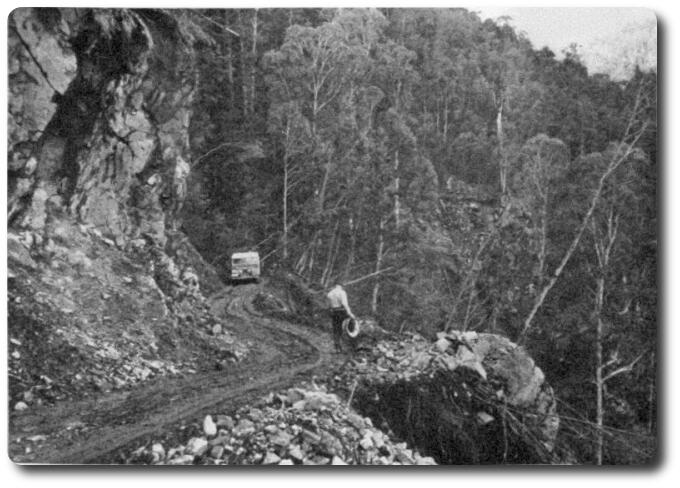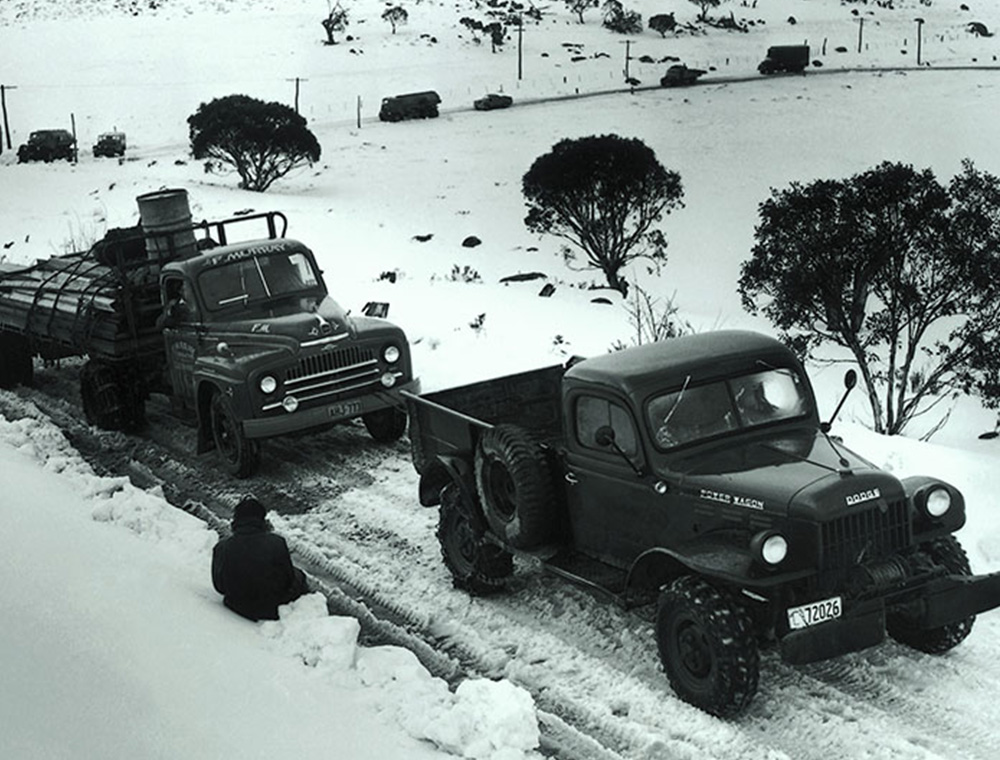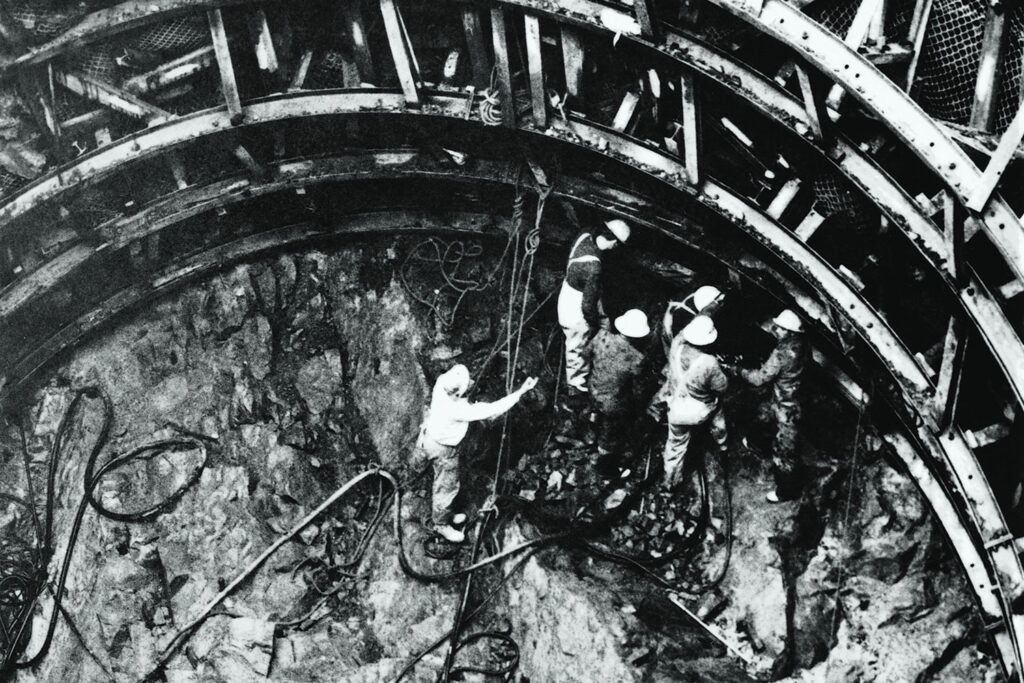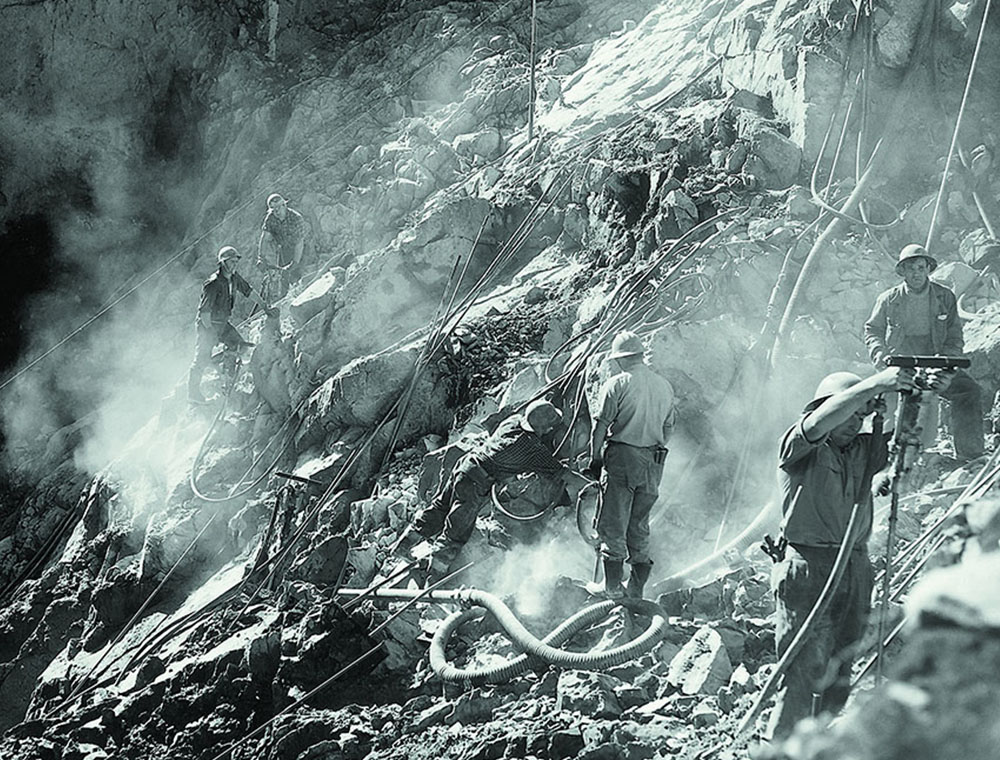Why the Snowy Mountains Scheme?
In Keepers, Teddy’s 21st birthday coincides with the beginning of construction of the vast engineering wonder which was The Snowy Mountains Hydro-Electric scheme: 17 October 1949 (ironically this was also my dad’s birthday, although he had a few years to go to reach 21 in 1949).
Teddy is dismissive of the scheme with its implications of cold and hard work – ‘This mad scheme is the government’s present, something to make me laugh on my birthday.’
His mates from the camp are, however, keen to go for the financial rewards.
The scheme later plays out as the background to the final chapters of the story, but there are no spoilers here! And also in the sequel, Walking in the Rain, where much of the novella is set against this background.
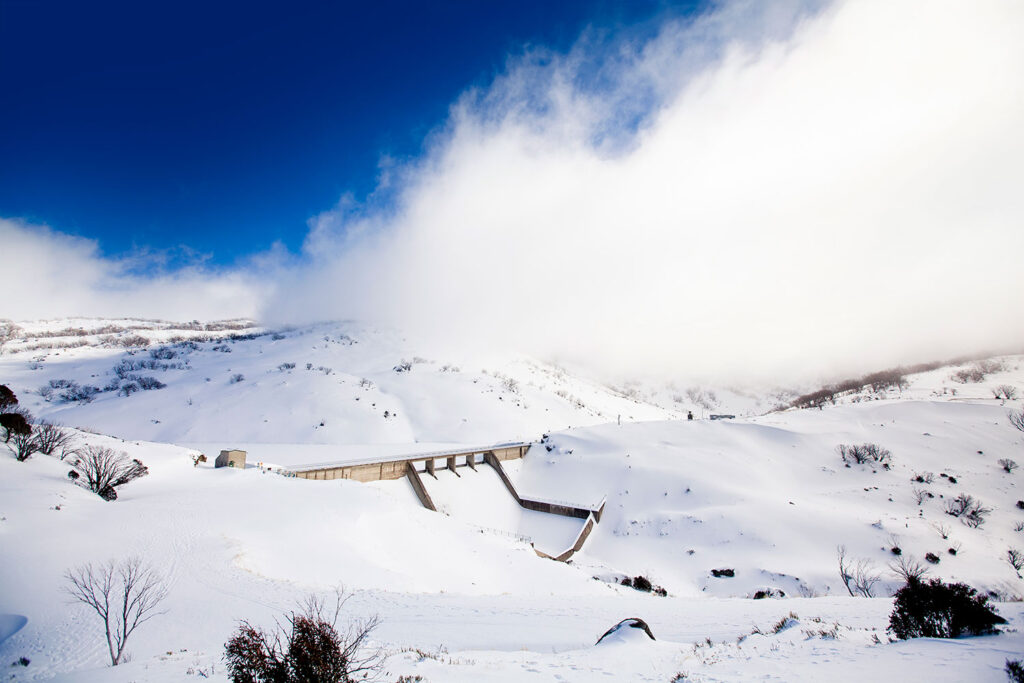
What was the Snowy Mountains Hydro Scheme about?
It had long worried people that the waters of the Snowy River flowed east before running on to the flats of East Gippsland and thence — rather wastefully — into the sea. If all that water could be reversed so it surged west, it would help to irrigate a huge area of dry farmland. A major motivation for doing something was the eastern Australian drought which lasted for ten years, from 1937 to 1947 with little respite.
Very simply, the scheme was about unlocking the water resources of the Snowy Mountains, to drought-proof parts of NSW and Victoria.
A vast project covering a vast area

The project was officially launched at Adaminaby in NSW in 1949 and completed in 1974 – a quarter of a century later.
Seven power stations, 16 major dams, 80 kilometres of aqueducts and 145 kilometres of interconnected tunnels were built over that time in rugged, mountainous country with little in the way of roads, communications or facilities of any type.
This video, made to celebrate the Scheme’s 50th anniversary, goes into detail about the rationale behind it and how it was planned, manned and built.
Who built the Snowy Mountains Hydro Scheme?
More than 100,000 people from over 30 countries worked on the scheme. The majority of them were post-war immigrants and European refugees. They came from both sides of the conflict which had torn the world apart only a few years earlier. Naturally there was some hostility, but this appears to have been limited and restricted to the townships. For example, some 400 Germans were housed at Jindabyne, where the Poles threw rocks on their roofs.
In the camps, however, the sheer hardship of the work and the living conditions bonded these men very quickly.
Living conditions
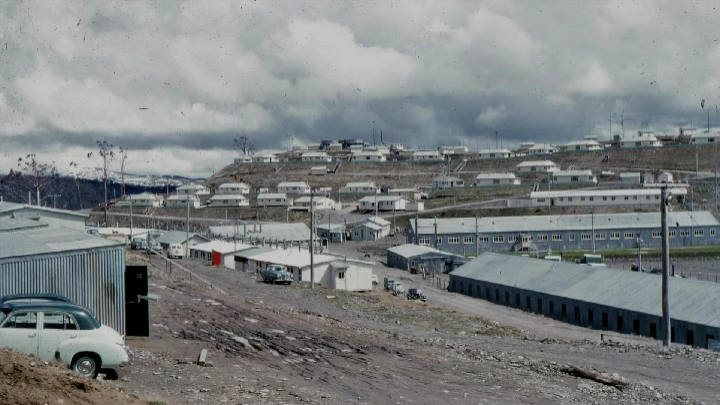
New townships sprang up and old ones grew. This is Cabramurra, built in 1954 to house scheme workers. Company employees and their families were ever only allowed to live there. In 2018 permanent residents were moved out and replaced with ‘drive-in, drive-out’ employees, with some facilities remaining open. The town was extensively damaged in the 2020 bushfires.
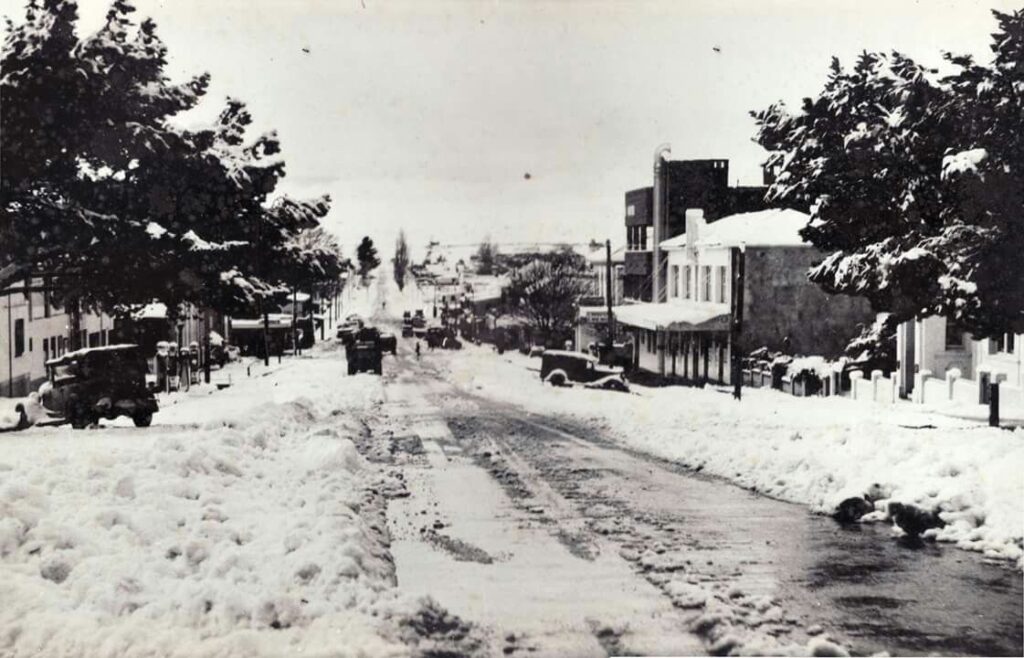
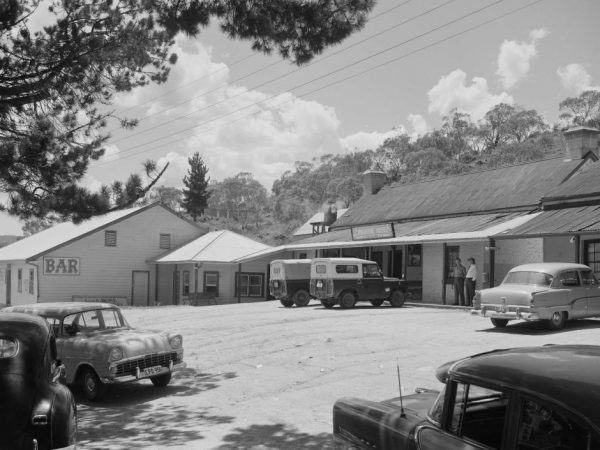

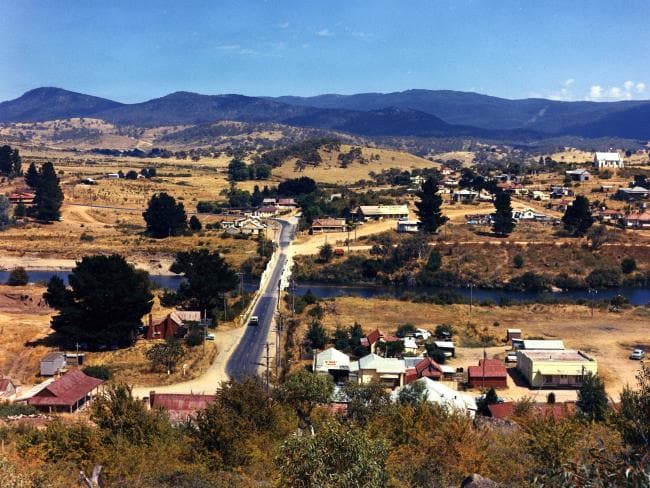
Old Jindabyne, established in the 1840s and shown above, was sacrificed to Lake Jindabyne as part of the scheme. The town was flooded in 1967. For more on the history go here.
The camps
This is where it really got tough. During the course of construction there were over 100 temporary camps. In the early days, these were made up of canvas tents, with a timber ‘office’ building, and basic amenities as shown in the images below.
Can’t really blame Teddy for not being enthusiastic, can you?
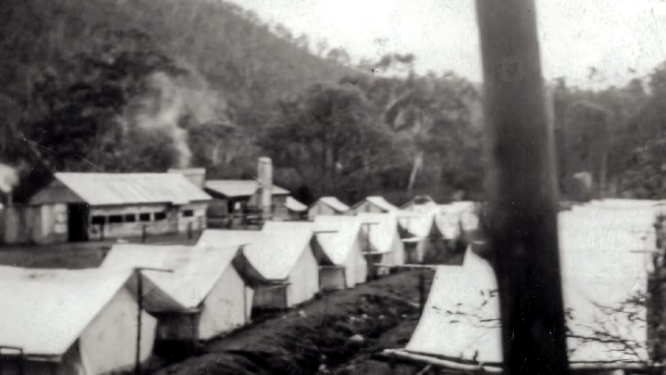
So there were teething problems, but in the camps there was such a mix of nationalities, all focused intensely on getting through this dangerous construction work, that it worked well enough. (McHugh)
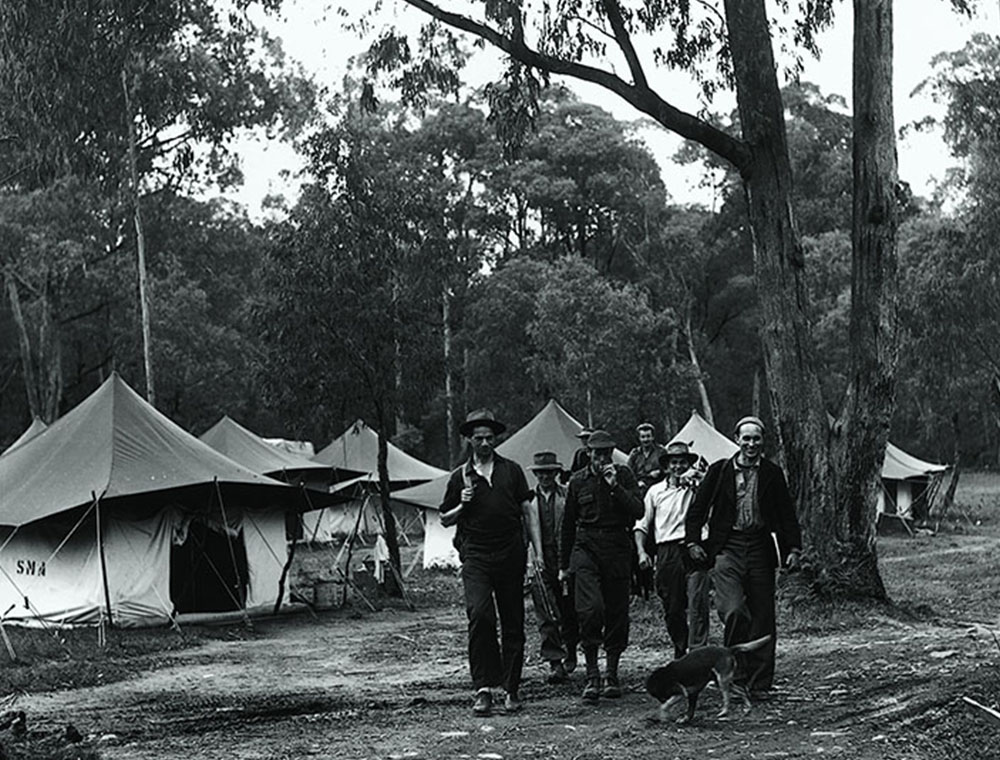
Siobhán McHugh, a writer, academic, oral historian and author of The Snowy: A History, was attracted to capturing the history of the Snowy Mountains Scheme because of its human side.
Working conditions
One hundred and twenty men died over the 25 years of the Snowy Mountains Scheme’s construction. A horrific tally, yet at the time the scheme led the way in many aspects of safety – by 1960 all vehicles had to be fitted with seatbelts, for example. The images below will give you some idea of what these tough men had to endure.
See and listen to the people who were there
This YouTube video tells the stories of a handful of those who either worked on the Scheme or grew up with it.
Resources used in this article and further reading from –
SnowyHydro website and Create website
Buy Keepers here. The sequel, Walking in the Rain, is set largely in the Snowy Mountains town of Cooma, and is available here.
